Several of the others on the list are debut authors. I love finding these new books. Sadly, some new authors get a lost of press when a large publisher decides it is worth the push. Often, they are exactly right. Other time, a debut author quietly slips into the scene relatively unnoticed. If these is a title or an author in this list or in the list of the honorable mentions that you don't know, I hope you check them out.
Before you get lost in the new list take a minute to read through my previous lists. I still think the books on my lists have held quite well. Browse around a bit and see if you agree.
http://www.yawednesday.com/blog/bicks-picks-for-2016
http://www.yawednesday.com/blog/bicks-picks-for-2017
http://www.yawednesday.com/blog/bicks-picks-for-2018
http://www.yawednesday.com/blog/bicks-picks-for-2019
http://www.yawednesday.com/weekly-posts/bicks-picks-for-2020
Bick's Picks for 2021
This year I selected ten and then added another ten. I had a couple of distinguishing markers. The books in the first list had to be published in 2021 or will be published early in 2022. Some of the books in the list of honorable mentions I books I was a bit slow to get to, but wow, I was glad I did.
I have been reading Padma's books for nearly 15 years. I think they are all fantastic. Nevertheless, most readers believe she really hit a new stride with the publication of The Bridge Home. It was one of the finest middle grade offerings in several years. I received an early ARC of Born Behind Bars and was once again struck by the cover art. The publisher was wise enough to use the same artist that was used for The Bridge Home. Both books are set in her native India and focus on children who are left to their own devices on the streets.
The cover art is gorgeous, but I would read a book by Padma if it were wrapped in newsprint. After a couple of days, I sat in my chair and just keep reading. I finished at about 2:00 am. The book is stunning in many ways, but my favorite aspect is the strong character development. These characters beg the reader to embrace them and I find it hard to believe that most readers could withstand the draw of Kabir and Rani. Enjoy and spread the word.
These year my list include a good share of nonfiction. I find myself reconsidering how I work as an ally. Brendan's book is helping me do that.
I met Alda last Spring as she and other debut authors prepared to present at the 2021 UNLV Summit. I found her to be kind and generous. More importantly, her novel is wonderful.
While this is a piece of nonfiction, it reads like a fast paced suspense novel. Don't Google the names, just read and go along for the ride.
I felt that Kathleen's first two books were wonderful. With this current book she proves she is, without question, a force to be reckoned with as every publication hits the shelves.
One of the best dystopian books I have read in a long time, plus it considers how we might treat each other in a pandemic.
Another work of nonfiction that had me considering how much I know about anything. This is clearly a work just worth the read, but full of cross-curricular opportunities.
I am fairly new to the works of David Arnold, but I will be checking out everything.
One of the best novel of the year without a doubt and a great "who done it" as well.
While I don't read a ton of fantasy novels of any kind, this novel had me from the beginning and I am waiting to get my hands on the sequel.
Regardless of your reading tastes, one of these books will be just perfect. Don't hesitate to pick one up.
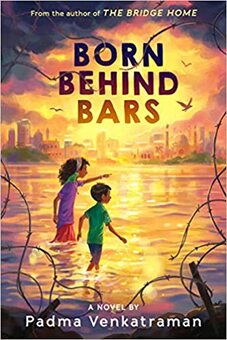
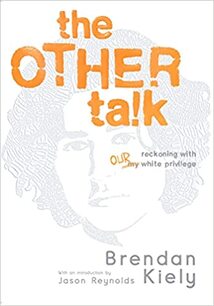
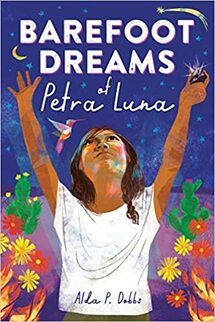
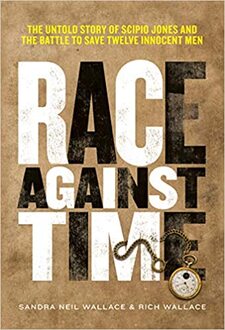
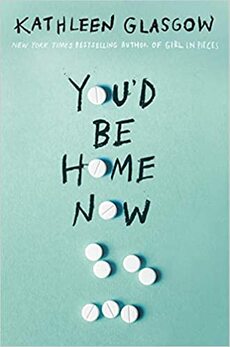
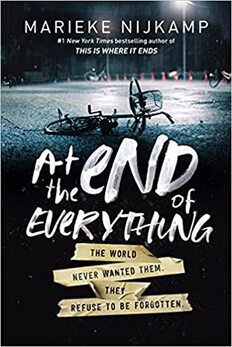
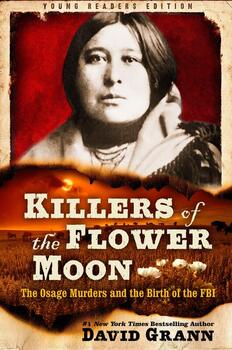
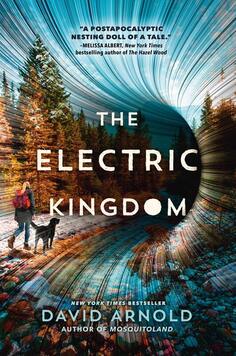
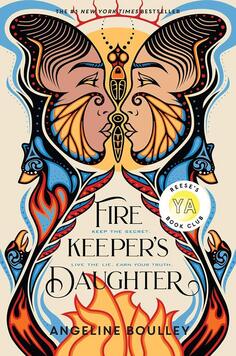
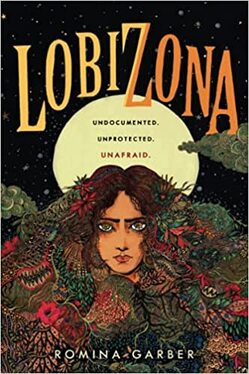
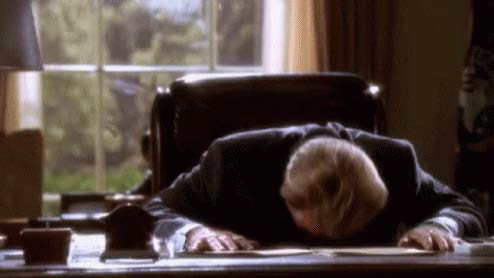
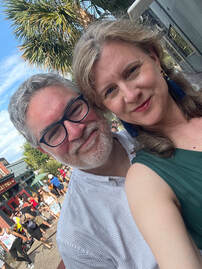

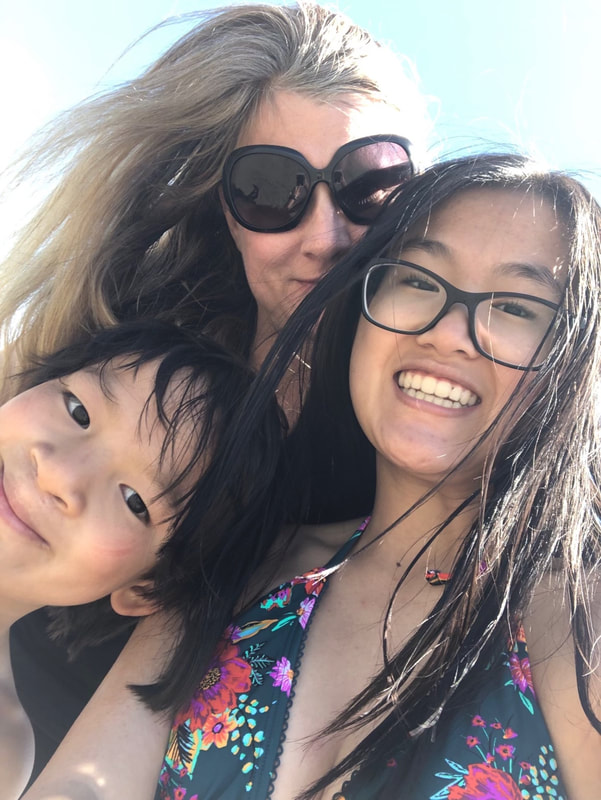

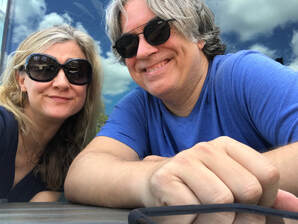
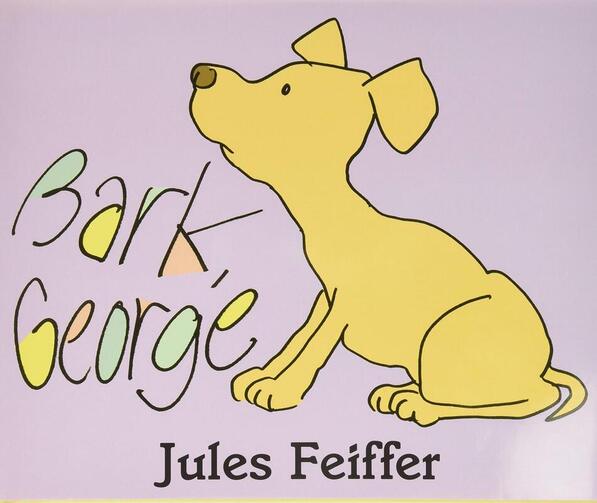
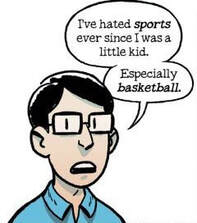
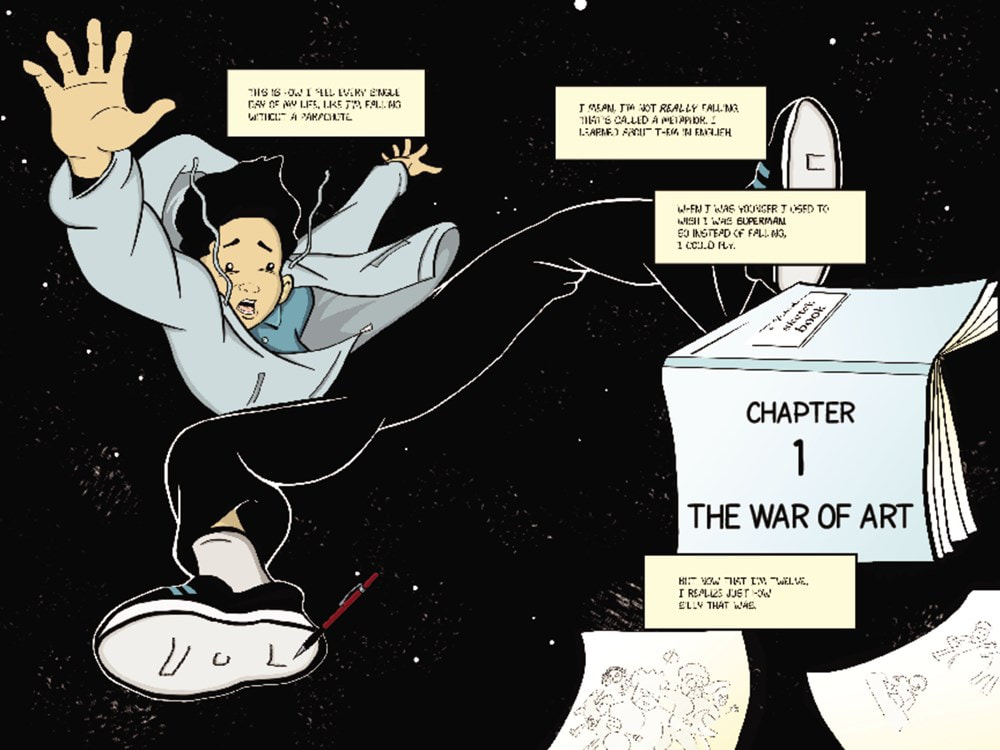
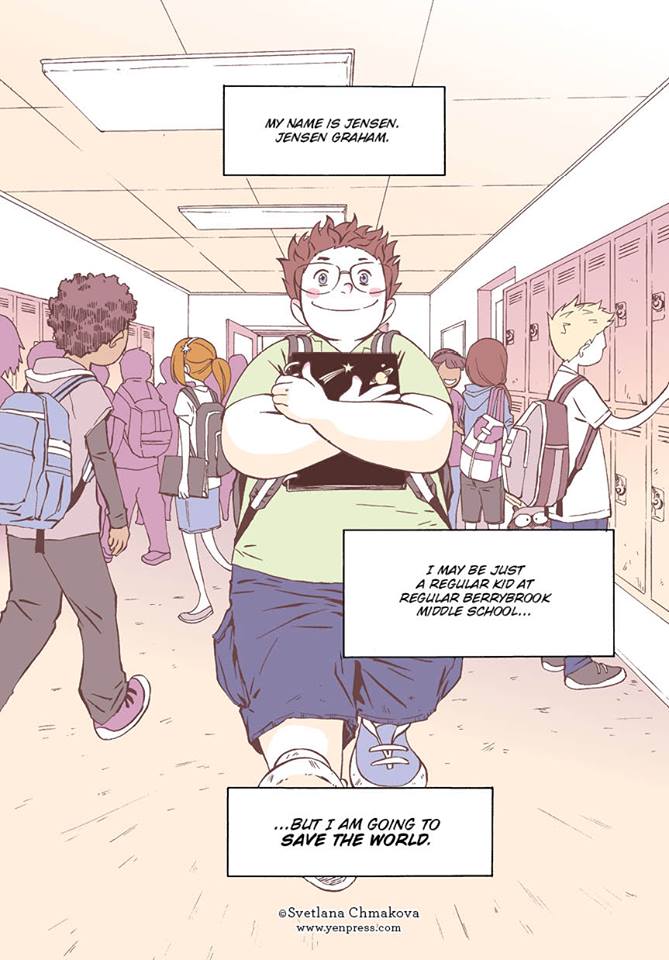
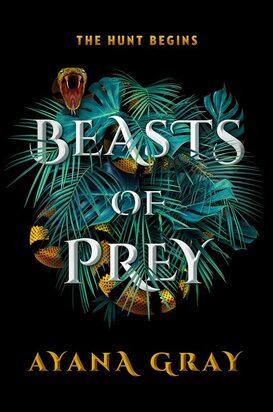

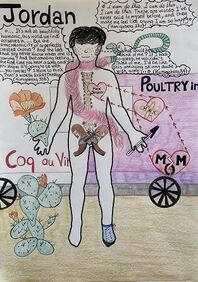
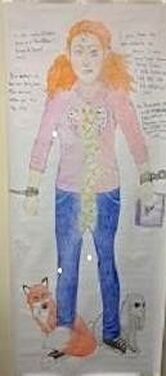
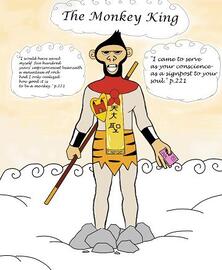
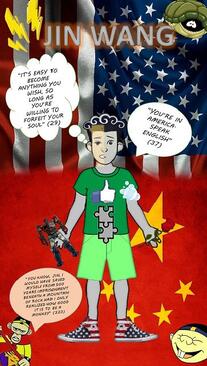


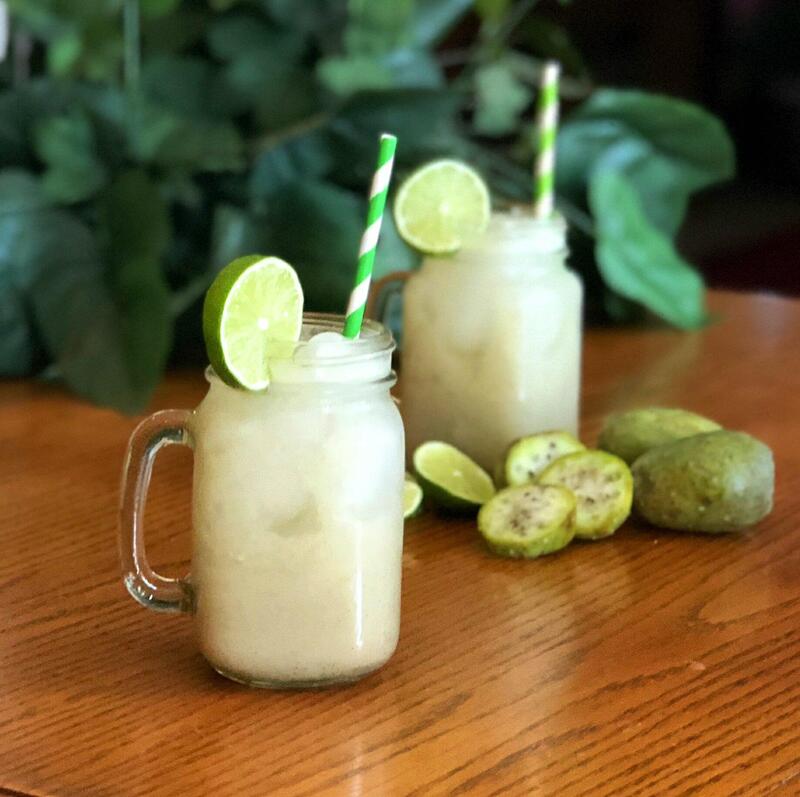



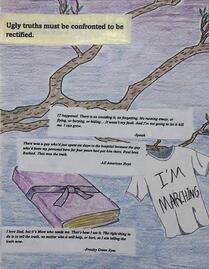
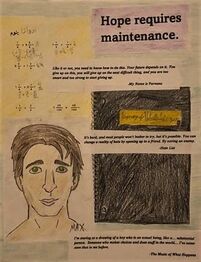
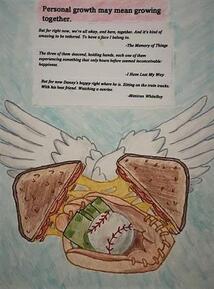
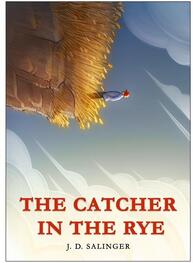
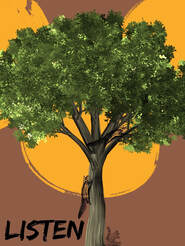


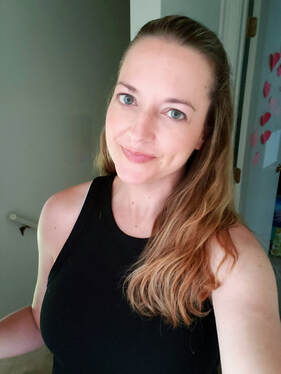
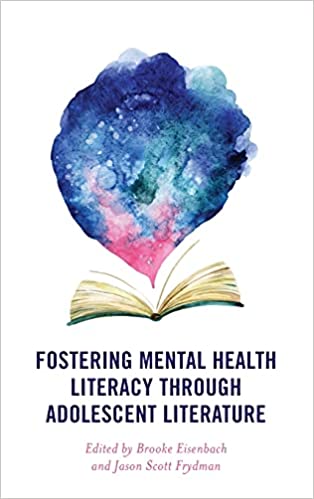
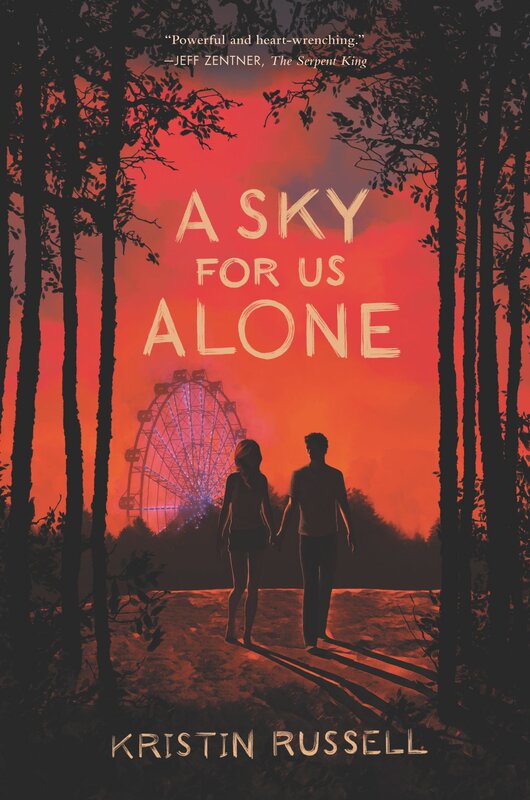

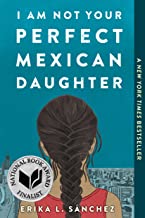
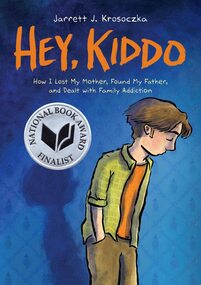

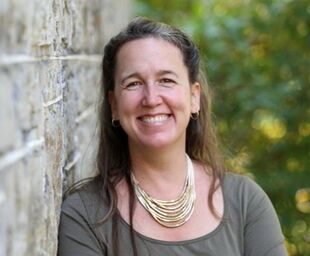


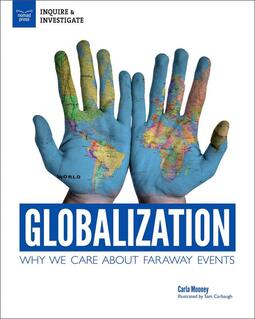
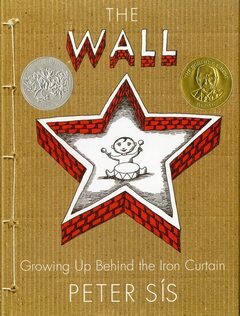
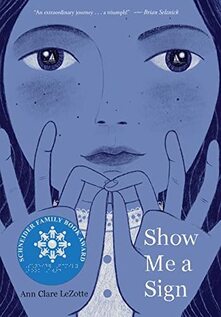
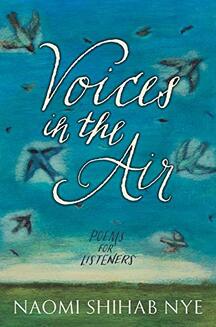
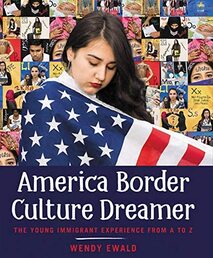
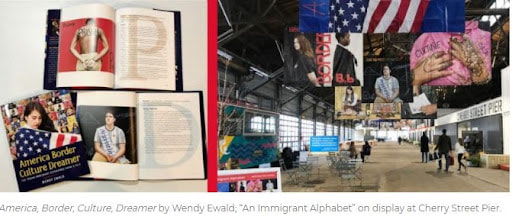
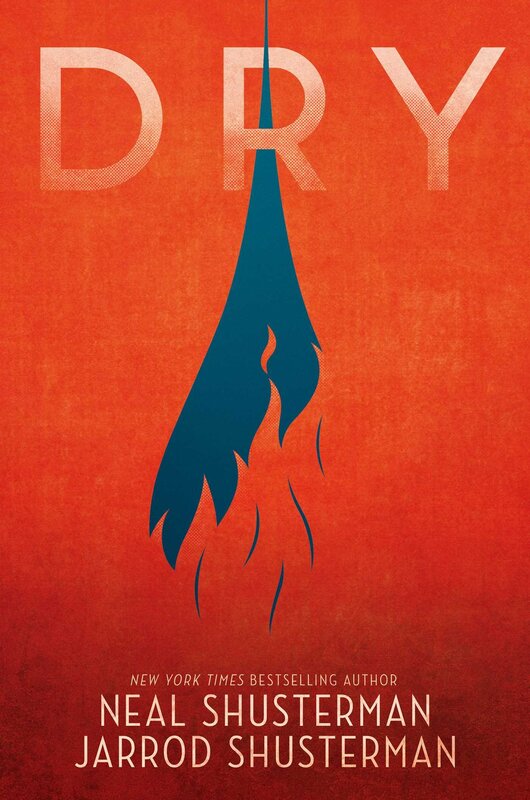
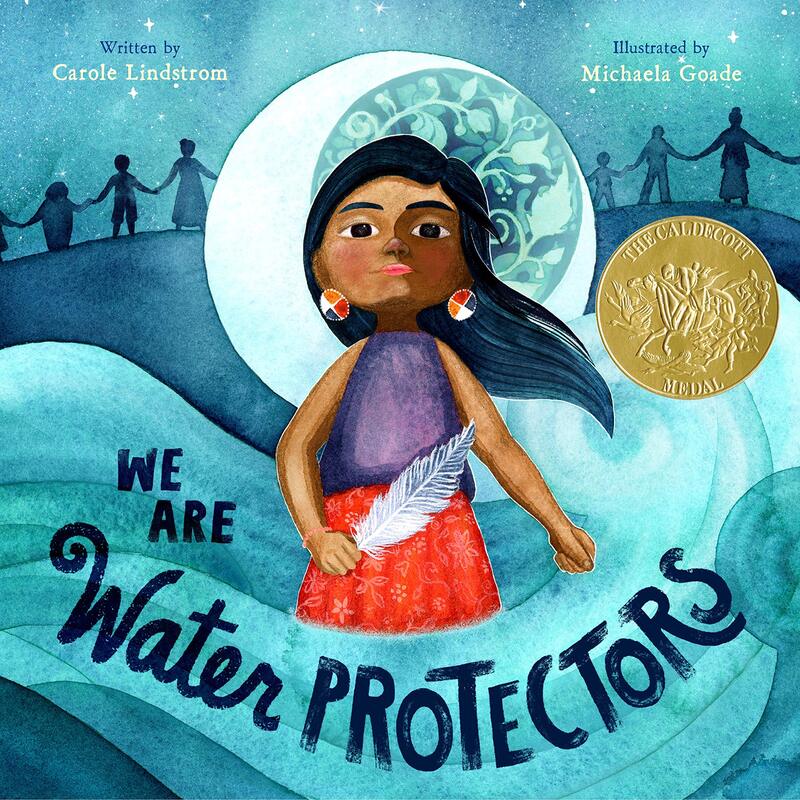
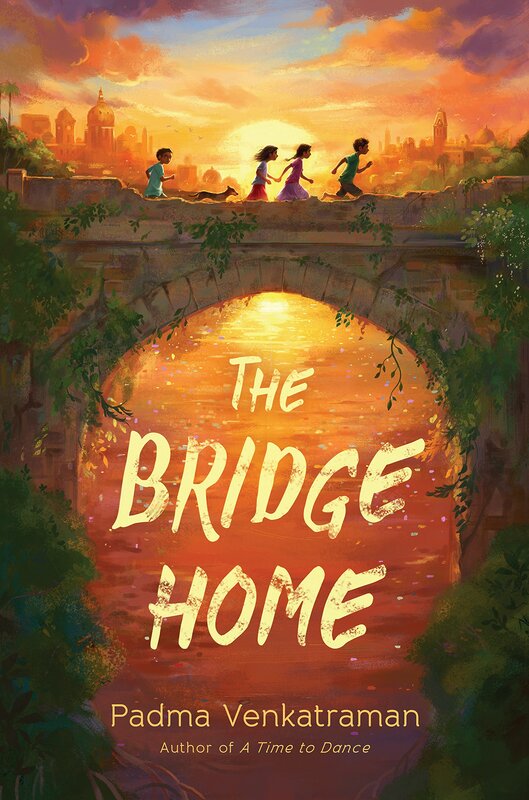
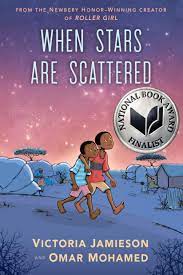
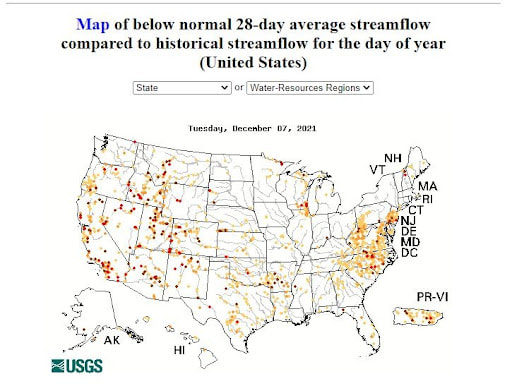
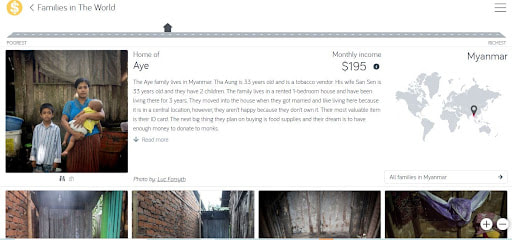
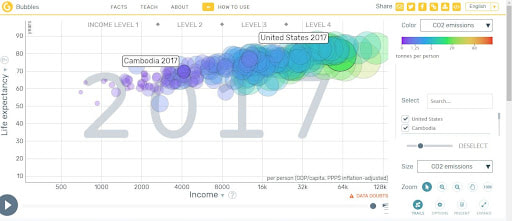

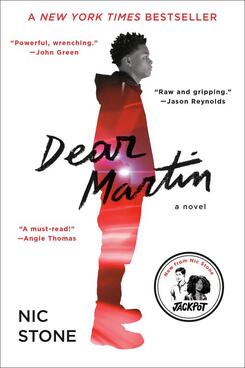
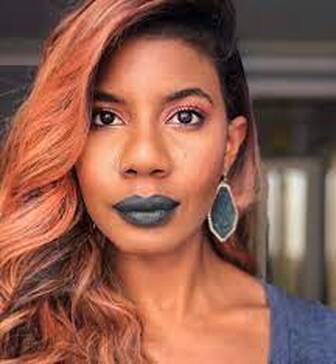
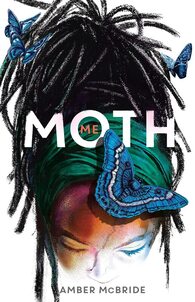
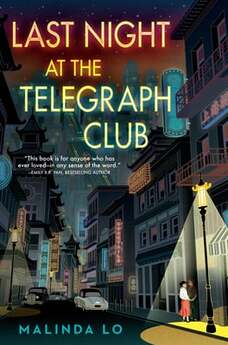
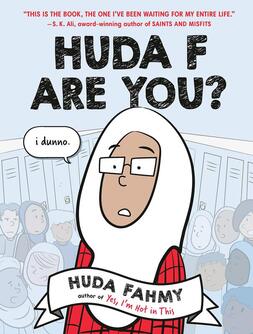
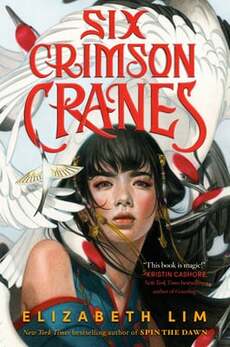
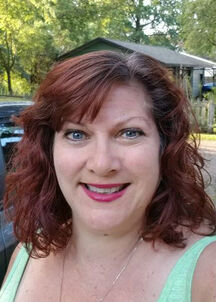

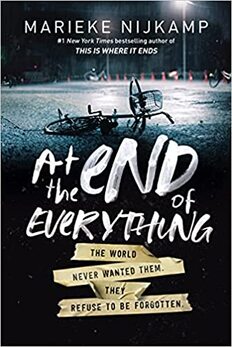

 RSS Feed
RSS Feed